What You Need to Know About Shallow Water Lifeguarding
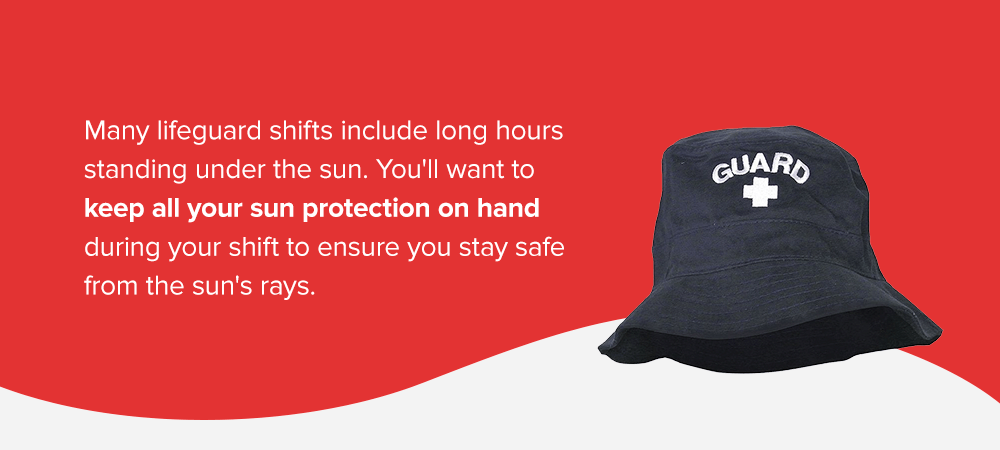

Lifeguards' primary responsibility is keeping swimmers safe while they are in the water, but the job differs based on where you work. Lifeguards work on natural beaches, at water parks and at indoor and outdoor pools. Varying factors in these environments, such as the depth of the water, can mean different lifeguard training and certification. Here, we will go through what it takes to become a shallow water lifeguard.
What Is Shallow Water Lifeguarding?
Shallow water lifeguarding refers to facilities that have water five feet in depth or less. Shallow water lifeguard jobs require you to know how to prevent and handle emergencies in entry-level shallow water. Shallow water lifeguards need to meet specific prerequisites. Then, they undergo American Red Cross certification for shallow water lifeguards.
Why Is Shallow Water Lifeguarding Important?
Lifeguarding at all bodies of water is crucial to keep people safe and ensure everyone has fun. When you become a shallow water lifeguard, you undergo the basic training that all lifeguards need to perform their duties effectively. Starting as a shallow water lifeguard can prepare you to react quickly to situations in and out of the water.
You'll train to act confidently and quickly to provide the best care possible when helping someone in distress. As you learn and build skills during shallow water lifeguard training, you strengthen your ability to keep the area you're monitoring safe. Accidents can happen anywhere, so having lifeguards with specific training for shallow water ensures the people using those areas can find help whenever necessary.
Course Prerequisites
Before you begin training to become a shallow water lifeguard, you need to meet particular qualifications, including the following.
- Age: Certified shallow water lifeguards need to be at least 15 years old, which means you need to be 15 or turn 15 years old by the end of the American Red Cross' shallow water lifeguard training course.
- Swimming skill: Naturally, your ability to swim is vital to becoming a lifeguard of any kind. Before you qualify for shallow water lifeguard training, you will need to demonstrate the ability to swim 100 yards with controlled breathing. This prerequisite allows for freestyle or breaststroke, but not backstroke or sidestroke. During this test of your swimming ability, you can use goggles.

- Timed tests: Shallow water lifeguard requirements include two timed tests. First, candidates will need to be able to tread water for two minutes using only their legs. The American Red Cross suggests placing your hands under your armpits while treading water. Second, shallow water lifeguard candidates need to be able to swim 20 yards. You can swim freestyle or breaststroke with your face in or out of the water. Unlike the 100-yard test, you are not allowed to use goggles. Next, you will need to retrieve a 10-pound object from four to five feet beneath the water. Swim 20 yards back to shore with the item held at the surface of the water and exit the water. You will have 50 seconds to complete this second timed test.
- Ability to exit the water: Finally, shallow water lifeguards need to demonstrate the ability to exit the water without the help of a ladder or steps. It is an essential skill as a lifeguard, especially when performing emergency rescues. You need to exit the water with ease, and there won't always be a ladder nearby.
If you fail to demonstrate the prerequisite skills, you will not be able to continue to the certification program. Besides the age requirements, you can train to increase your ability for the other prerequisites.
How to Train for Certification
If you have all the prerequisites necessary to earn your certification, you are in a good place. But, lifeguard certification is a rigorous process. Taking the time to prepare for the certification course can help you feel comfortable and ready to take on the challenge. Before beginning certification, take the following steps.
- Get in the pool: When was the last time you swam? Do you know if you can easily perform all the prerequisites? Before beginning certification, set aside some time to practice in the pool. Go to your local community pool or a local YMCA. Swim laps of freestyle and breaststroke. Practice retrieving objects from the bottom of the pool. Many pools have diving bricks, so ask if you can use one to practice. Some people find it harder to perform under pressure. You want to be confident enough in your skills that you do not struggle with the certification test. The more time you practice being in the water, the more prepared you will be to earn your shallow water lifeguard certification. You'll also build up your stamina when you're training to meet shallow water lifeguard requirements. Having strong stamina and endurance will help you perform your lifeguarding duties.
- Brush up on American Red Cross requirements: Shallow water pool lifeguard qualifications may differ from requirements for lifeguards at other locations, like the ocean or a lake. American Red Cross shallow water lifeguard requirements are the bedrock of most certification programs. Take the time to go online and read through the qualifications to better understand the expectations you’ll need to meet during training and afterward on the job. When you know what to expect from the program, it won’t catch you by surprise.
What Does Shallow Water Lifeguard Certification Involve?
Shallow water lifeguard certification requirements include the following.
- Online course: Before your first day of in-person certification, you may need to complete an online course. This at-home class will cover skills you will need to master during the program. Ensure you have printed proof or a confirmation email to show your instructor you completed the required online course. This online part of the process will give you an idea of what to expect during the rest of the certification process.
- In-person classes: The in-person classes will be a mix of aquatic exercises and classroom-style instruction. Whether you are in the water or not, you can expect the experience to be very interactive. You will perform practice water rescues solo and as a team with the other people taking the certification course. You will learn how to surveil different sections of the pool and how to communicate with fellow lifeguards. You will learn how to recognize the signs of a water emergency and how to respond.

In the classroom setting, you will learn all about first aid and CPR. You will perform CPR on practice dummies.
- Practical tests: The course will involve hands-on exams of the skills you have learned. You will need to demonstrate your competency in performing water rescues and using emergency equipment, such as a resuscitation mask. Your ability to demonstrate these skills lets your instructor know you are qualified to earn certification as a shallow water lifeguard.
- Written exam: A written test is the final step of the certification course for shallow water lifeguarding. The written exam will cover CPR, automated external defibrillator and first-aid skills, as well as shallow water lifeguarding skills. To complete the certification program, you will need to earn 80% or higher on the written exam.
What to Expect During the Training Courses
You should come as prepared as possible to the training course, but what can you expect during the program? The American Red Cross offers 24 hours of in-person classes. You can also opt for a blended curriculum that includes seven and a half hours of online training and 18 hours of in-person classes. Your training will cover the following:
- Shallow water rescue: Learning how to perform rescues is a core part of shallow water lifeguard training. You will learn how to recognize the signs of distress and drowning. Then, you will learn how to enter the water and perform rescues at or near the surface of the water, as well as how to perform rescues of someone submerged in the water. You will use different safety gear, like a backboard, to practice rescues on your fellow trainees.

- Water surveillance: Rescues, while vital, are a small part of the lifeguarding job. Most days, there will be no emergencies, but that does not mean you can let your attention wander. During the training course, you will learn the best techniques for scanning the water. You will also learn how to communicate with your fellow lifeguards.
- First aid: Your instructor will review different scenarios that could require first aid and demonstrate various first-aid techniques. For example, you will learn how to care for head, neck and spine injuries until medical help arrives. The written exam will test you on your first-aid knowledge.
- CPR: During shallow water lifeguard training, you will learn to administer CPR on adults, children and infants. You will learn the technique for administering CPR on your own and as part of a two-person team. Your final written exam will include a section on CPR.
- Automated external defibrillator (AED) use: An AED is a vital tool in the event of a cardiac emergency. When someone's heart stops, an AED can give enough time for emergency medical services to arrive and take over. You will learn how to use an AED on adults, children and infants. Your final written exam will also include a section on how to use an AED. You may never have to use your CPR, AED and first-aid skills on the job, but emergencies do happen. In that case, you will have the professional skills necessary to respond.
During the training course, which a certified lifeguarding instructor will teach, your classmates will be other people learning how to become shallow water lifeguards. You will spend time both in and out of the water. Pay close attention to your instructor and ask questions. After you complete the program, you will have certification in shallow water lifeguarding, first aid and CPR/AED that will be valid for two years. That certification means you are qualified and ready to work as a lifeguard.
Gear You'll Need as a Shallow Water Lifeguard
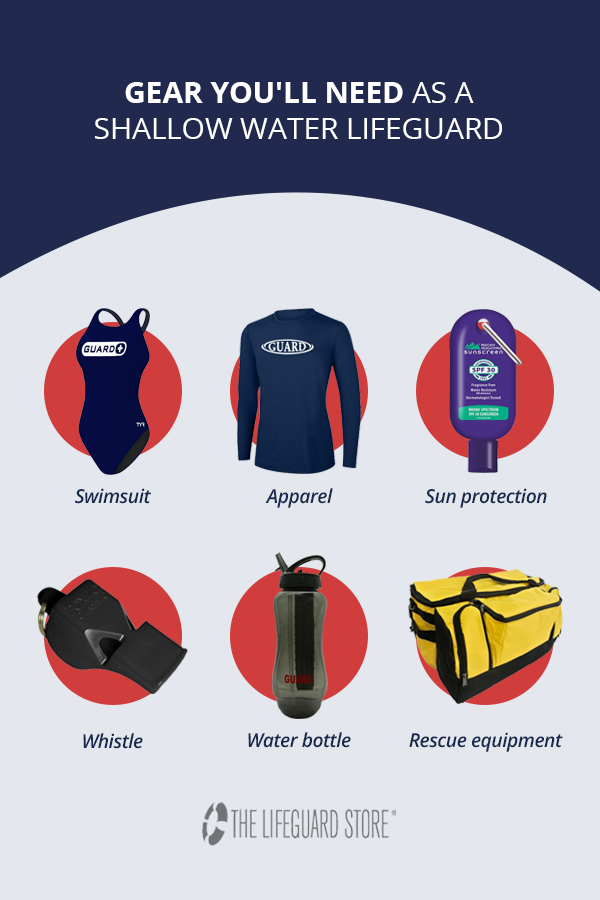
Once you have earned your shallow water lifeguard certification, it will qualify you to begin working. On the job, you will need a few different types of gear, including the following.
- Swimsuit: A swimsuit is the fundamental piece of any lifeguard's uniform. You may not spend most of your day in the water, but you need to be ready to jump in at any moment. Typically, female lifeguards wear one-piece swimsuits with ample coverage, ensuring it is easy to move quickly. Some employers allow two-piece swimsuits as well. Male lifeguards usually wear swim trunks that come down to the knee or a little bit above. Before buying a swimsuit for work, check your employer's dress code. Is there a particular style and color of swimsuit required for work? Working by the water may be fun, but lifeguards should still adhere to the professional standards of their workplace.
- Apparel: A swimsuit is the staple of the lifeguard uniform, but, depending on where you work, you may need some other apparel. If you work outdoors at a pool, water park or beach, you will be in the sun all day. Outdoor lifeguards may want to invest in long-sleeved rashguards or hoodies to give their skin a little extra protection. If you work indoors, you may want a hoodie or a pair of shorts for the long hours standing or sitting by the water. The apparel you choose can help protect you from the sun and provide more comfort during your busy days guarding the water. Before you pick anything out, double-check what guidelines your employer has in place for lifeguard apparel. Some places may request specific apparel styles for their lifeguards to ensure everyone follows the dress code and has a uniform look. Finally, you will need a quality towel. No matter what your day may entail as a shallow water lifeguard, you are probably going to get wet during a day of lifeguarding. Having a towel at your station will help you dry off after plunging into the water to complete a rescue or clear the way.
- Sun protection: If you work at an outdoor pool or beach, sun protection is essential daily gear. That means waterproof sunscreen to protect your skin and sunglasses to protect your eyes. You may also want a hat to provide further shade. If you are worried about keeping track of all your gear, you can get a hip pack. This handy, wearable pack can store your sunscreen and sunglasses. Just reach down whenever you need to reapply sunscreen or put your sunglasses back on. Many lifeguard shifts include long hours standing under the sun. You'll want to keep all your sun protection on hand during your shift to ensure you stay safe from the sun's rays.

- Whistle: Pools, beaches and water parks are naturally loud and chaotic places. Kids and adults are splashing, swimming and playing. In the case of an emergency, you will need to cut through that noise to get people's attention, whether it is a weather announcement or in the event of an emergency rescue. Whistles are an excellent tool for making yourself heard on the job. Lifeguards will also find whistles a helpful piece of gear if teaching swim lessons is on their list of responsibilities. Your employer may have whistles for you to use, or you may want to have your own at the ready.
- Water bottle: No matter what type of environment you are working in, you need to stay properly hydrated. Outdoors, you will be spending the day in the hot sun. Merely standing by the water with the sun reflecting off the surface will be enough to make you sweat. Indoor pools may not be under direct sunlight, but the water is warm and the environment is often humid. You will need to stay hydrated to keep yourself alert and able to do your job effectively. Bring a water bottle with you to work every day, and make sure it is full at the beginning of your shift. Find water bottles that fulfill your needs. Various sizes are available to ensure people have enough water wherever they go. Many bottles also have insulation, so if you prefer to keep your water cold with ice, bringing an insulated water bottle to work can be beneficial — especially on particularly hot days.
- Rescue equipment: You won't have to worry about purchasing rescue gear yourself. Wherever you work should have all the gear you need to perform a rescue in an emergency. Pools, water parks and beaches will equip their lifeguards with equipment like rescue cans, rescue tubes and ring buoys. Other gear by the water will likely include first-aid kits, rescue boards, life vests and AED units.
Get the Shallow Water Lifeguarding Gear Your Need
Whatever gear you need on the job, The Lifeguard Store has you covered. You can find comfortable swimsuits, whistles, water bottles and anything else you need for your shallow water lifeguarding job when you shop at The Lifeguard Store.
Learn More Lifeguard Tips:
- How to Avoid Sunburn as a Lifeguard
- Tips for Managing and Positioning Your Lifeguards
- How to Stay Safe on the Lifeguard Stand
- How to Stay Warm as a Lifeguard When It’s Cold Outside
- How to Handle Disruptive Guests at the Pool
- How to Get Ready for Lifeguard Season
- Tips for Maintaining Focus and Improving Scanning for Lifeguards



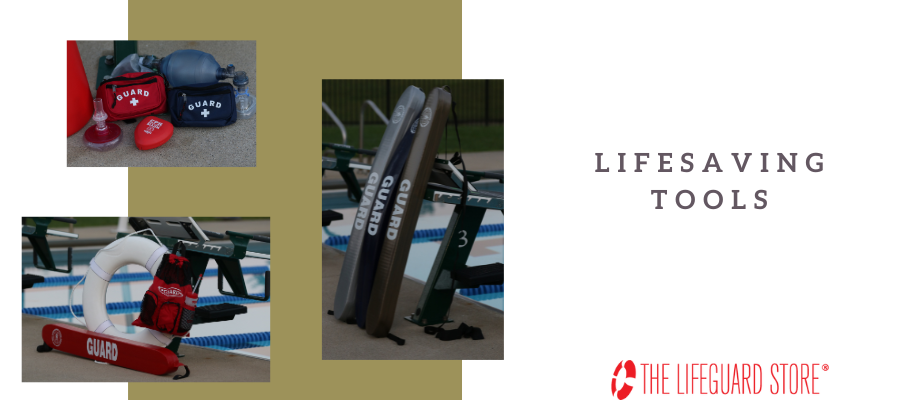
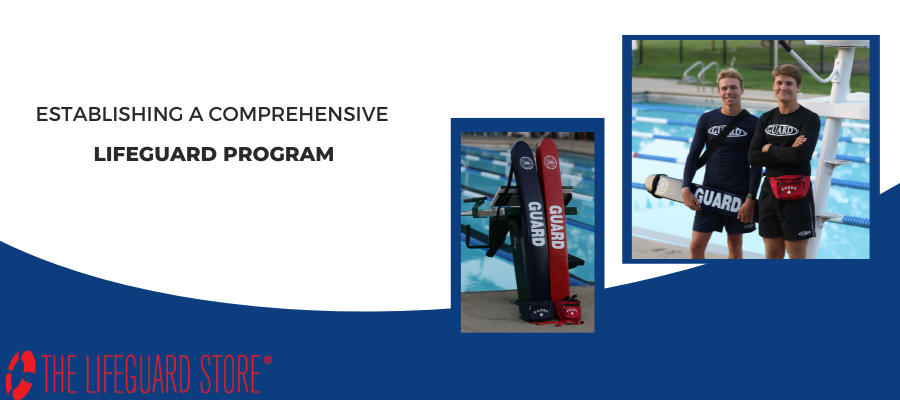
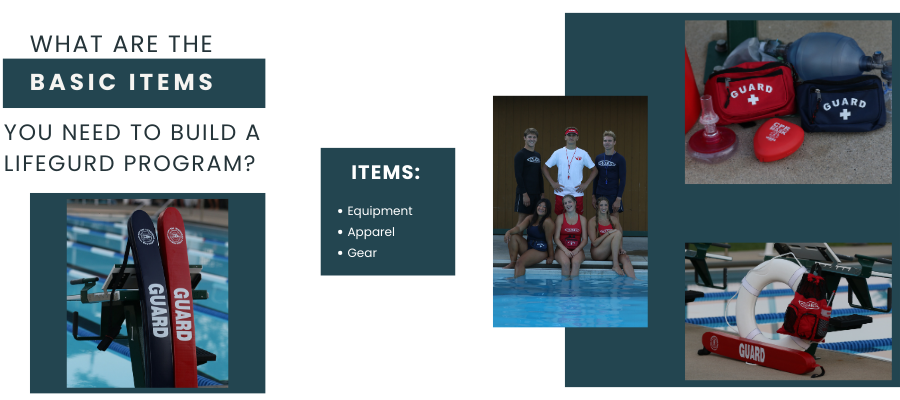
Leave a Comment
Your email address will not be published. Required fields are marked *